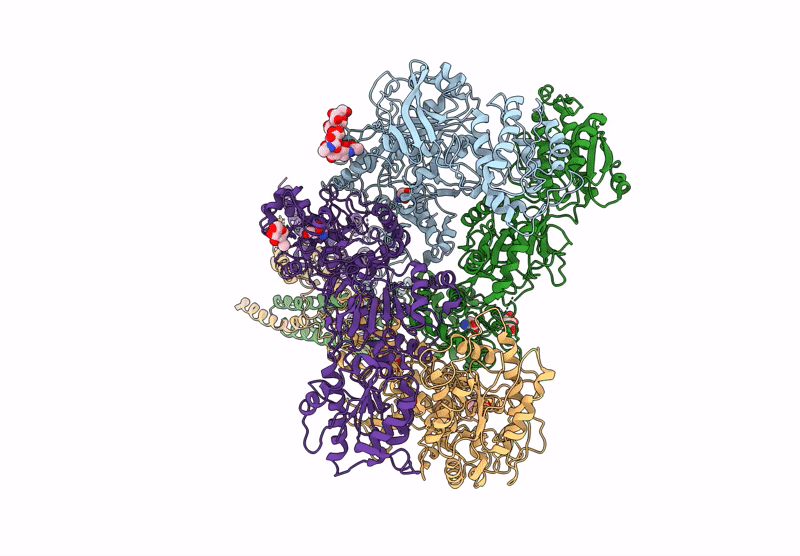
Deposition Date
2024-08-09
Release Date
2025-02-26
Last Version Date
2025-04-16
Entry Detail
PDB ID:
9D3A
Keywords:
Title:
Nonactive state of Gly-,Glu- bound GluN1a-2B-2D NMDAR (Low-res)
Biological Source:
Source Organism:
Homo sapiens (Taxon ID: 9606)
Host Organism:
Method Details:
Experimental Method:
Resolution:
3.78 Å
Aggregation State:
PARTICLE
Reconstruction Method:
SINGLE PARTICLE


